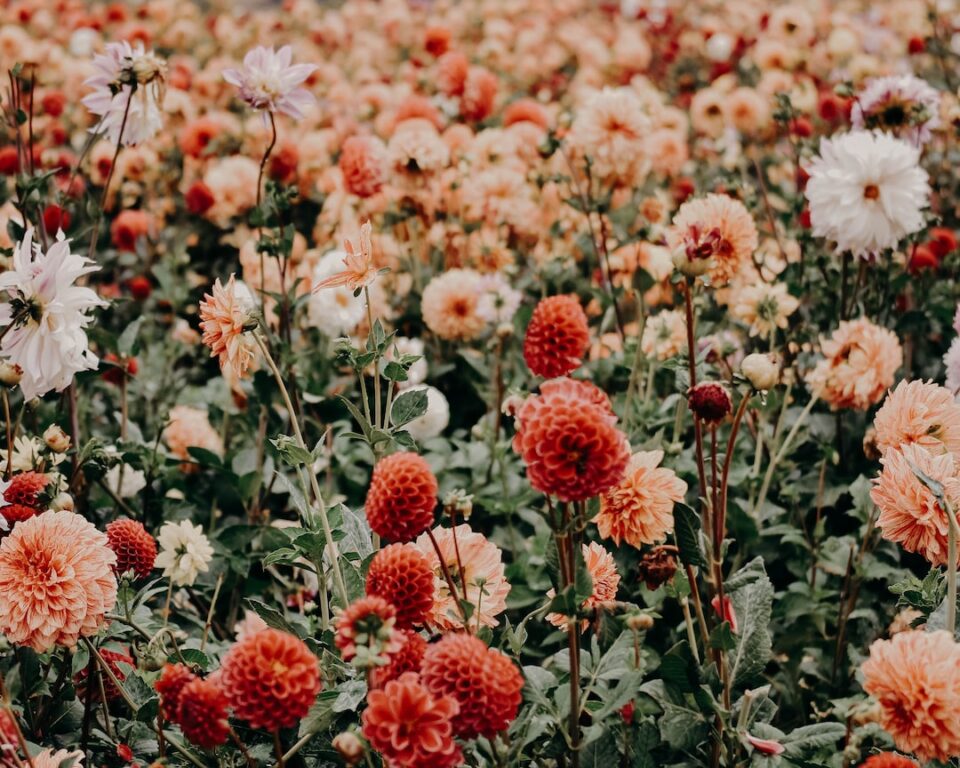Exploring Native Plants: A Sustainable Approach to Gardening
In recent years, the concept of sustainable gardening has gained significant popularity as people become increasingly aware of the importance of protecting the environment. One of the key aspects of sustainable gardening is the use of native plants. Native plants are indigenous to a particular region and have evolved in harmony with the local environment over many years. They are well-adapted to the soil, weather conditions, and wildlife, making them a perfect choice for creating a sustainable garden.
When we choose to include native plants in our gardens, we are not only creating a beautiful and diverse landscape, but we are also providing essential habitats and resources for local wildlife. Many native plants offer food and shelter for birds, insects, and other animals, contributing to the overall biodiversity of the area. By creating a rich and well-balanced ecosystem in our gardens, we can actively promote the conservation of local species.
Native plants have also proven to be more resistant to pests, diseases, and extreme weather conditions. They have developed mechanisms to cope with local challenges, making them hardier and less reliant on human intervention. This means that when we plant native species, we can reduce the need for chemical pesticides, fertilizers, and excessive water consumption, thus minimizing our impact on the environment.
Furthermore, native plants generally require less maintenance compared to non-native varieties. Once they are established, they often thrive without the need for constant watering or intensive care. This not only saves us time and effort but also reduces the amount of water and energy consumed in maintaining our gardens.
Exploring native plants can also be a journey of discovery and appreciation for the unique flora of our region. Each area has its own distinctive native species, and learning about them can be a fascinating experience. By incorporating these plants into our gardens, we can create a sense of place and connect with the local landscape.
To get started with native plant gardening, it is important to research and select the appropriate species for your area. Local botanical gardens, nurseries, and conservation organizations are great resources for information on native plants. They can provide guidance on which plants are most suitable for your specific climate, soil type, and sunlight conditions.
When designing your garden, try to mimic the natural communities found in your area. Consider creating different planting zones that resemble local ecosystems such as meadows, woodlands, or marshes. By replicating these habitats, you will attract a wider range of native wildlife and create a more resilient ecosystem.
Remember that it is essential to prioritize native plants over non-native alternatives. While exotic plants may offer unique colors or shapes, they often require more resources to thrive and can become invasive, threatening the survival of native species. By favoring native plants, we contribute to the preservation of our natural heritage and ensure the long-term sustainability of our gardens.
In conclusion, exploring native plants is a sustainable approach to gardening that benefits both our environment and ourselves. Native plants support wildlife, require less maintenance, and are adapted to local conditions, making them a perfect choice for creating beautiful and resilient gardens. By incorporating native species into our landscapes, we can contribute to the conservation of our natural heritage and promote a healthier and more sustainable future. So let’s embrace the wonders of native plants and embark on a journey towards a greener, more sustainable garden.

